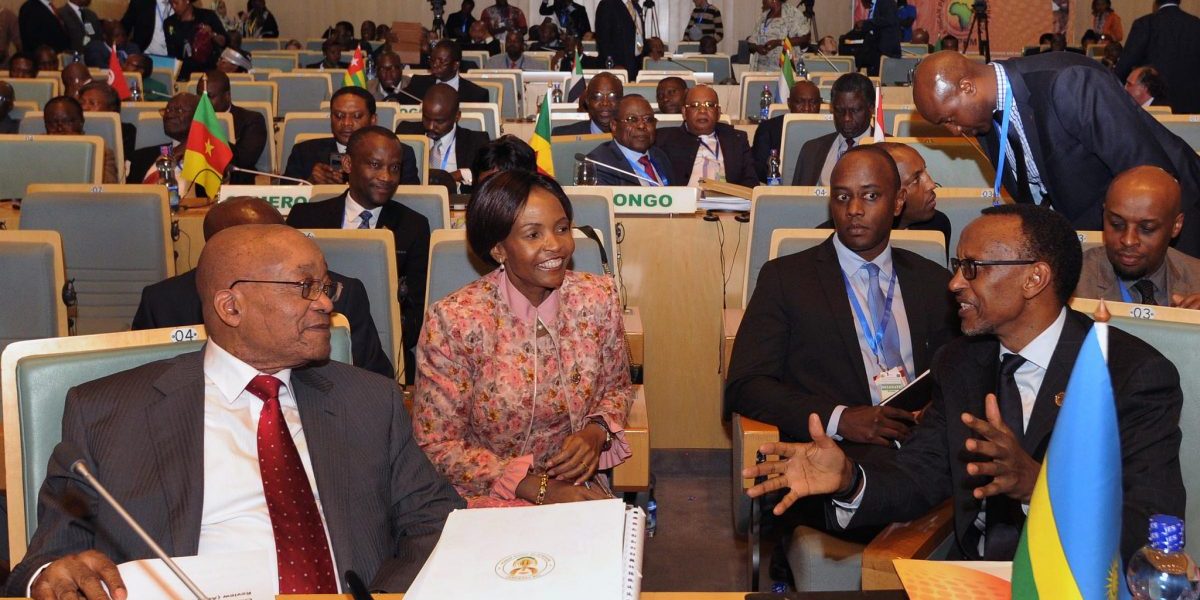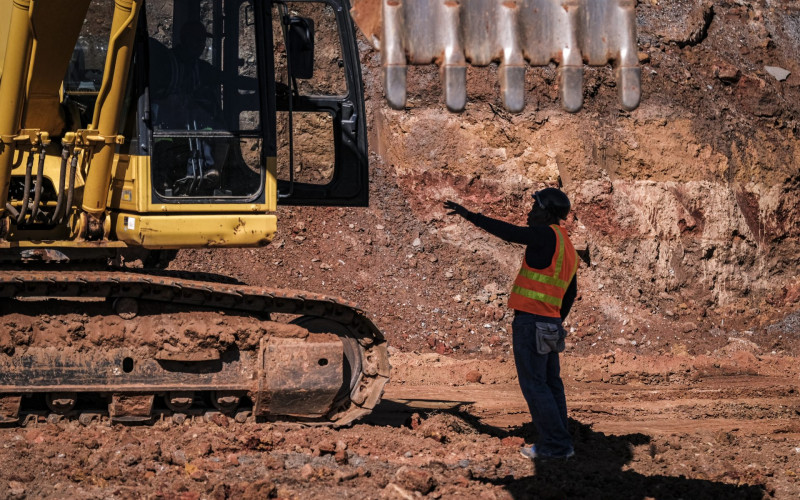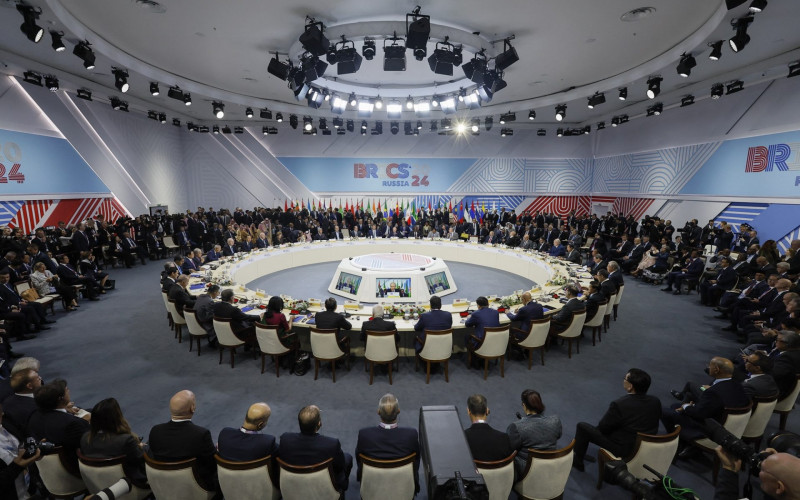Its vision is “anchored on the common values and principles and the historical and cultural affinities that exist amongst the peoples of Southern Africa”. On SADC day, 17 August, we can reflect on how this regional integration programme is coming along.
Regional integration is intended as a tool for spurring development. By linking up with one another, pulling down barriers and encouraging exchanges, neighbouring countries promote trade, learn to cooperate in building and maintaining infrastructure, and develop systems of interaction that produce economies of scale and press available resources into use most efficiently. This is supposedly mutually beneficial for all, a win-win situation.
The archetypal example of regional integration is the European Union. Here, integration went beyond its initial focus on economics to a developing political union. That post World war II Europe has become one of the richest and most stable areas in the world (especially in view of its violent history) makes this a most attractive model.
In economic terms, SADC’s record has been mixed. Trade between the various SADC countries is rather low. Intra-SADC exports in 2006 amounted to only 9.5% of total exports, as opposed to around 24% with the EU and some 22% with East Asia. In these terms, the SADC partner countries are not in all cases significant for one another. On the other hand, some countries, such as Malawi, Tanzania, and Zambia made around a third of their exports to SADC countries at this time. In Swaziland’s case this figure was 82%, although the role of South Africa – the region’s dominant economy – distorts these numbers somewhat. The former president of South Africa, Thabo Mbeki, commented in 2008 that “the central policy issue that we must confront is that the countries of the SADC region have not been able to take advantage of an increasingly open regional environment”.
Why is this? The problem here is that the markets of the SADC states do not complement each other particularly well – though there are exceptions – and that some of the national economies are not particularly well developed to identify and grasp opportunities that may exist in neighbouring economies. Moeletsi Mbeki, a prominent political analyst, makes the following point: “It is the developmental domestic policies and practices of individual countries that will drive the continent’s development in the first instance, not how neighbours co-operate. What happens between neighbours is mainly important for reasons of political stability, but what will drive African economic development is the quality of relations between individual African countries and the world market.”
In the latter point lies another dimension of SADC: its politics. Integration in Europe (and the United States in its formative years) was premised on two important political features. These are a more or less common set of political values, and a willingness of states to cede their sovereignty. Despite the existence of SADC and African Union standards for democracy and governance, neither of these qualities is fully apparent.
SADC’s political systems span from the largely dysfunctional (the DRC and Zimbabwe), to the broadly liberal (Mauritius and South Africa), to an absolute monarchy (Swaziland), and a wide variety of intermediate forms. Relations between some of the SADC states – those ruled by erstwhile liberations movements, such as South Africa, Angola and Namibia – are furthermore partly conducted on a semi-informal party-to-party basis. Taken together, these factors produce a profound disconnect that makes truly meaningful integration difficult. A common political voice, a political union of SADC forged out of incompatible political systems, could not succeed. This was seen in the refusal of Botswana to recognise the controversial re-election of Robert Mugabe in Zimbabwe in 2008.
While sovereignty is not the non-negotiable it once was in Africa, it remains important. It is in a vocabulary of sovereignty that Robert Mugabe and Zanu-PF have defended themselves from criticism of their actions in Zimbabwe, and on the same basis that much of SADC has given its support.
A particular example of the continuing power of the sovereignty impulse was that when SADC’s own tribunal (based in Windhoek, Namibia) ruled in 2008 that the land seizures by the Zimbabwean government were illegal, the latter government dismissed and ignored the ruling. There was no real protest from SADC about this, despite the possibility that such an attitude could render its nascent organs redundant.
All of this poses the question of how relevant SADC is. When it recently suspended Madagascar over a coup, the response of that government was to shrug it off. The benefits of belonging to SADC do not seem to be of the order of say, the EU. SADC has recognised and tried to facilitate the free movement of people throughout the region – although this arguably merely condones what was happening anyway. Top-down imposition of unity is unlikely to work unless its citizens see real benefits.
If SADC has its sights set on a common future it will have to do three things: demonstrate that it is adding substantive value to development endeavours; nurture its institutions; and demand that states comply with a common set of political and governance principles. To do that it needs governments that are committed, individually, to doing so. In other words, a good starting point towards an envisioned future is to show that the countries of the region have a common present.







